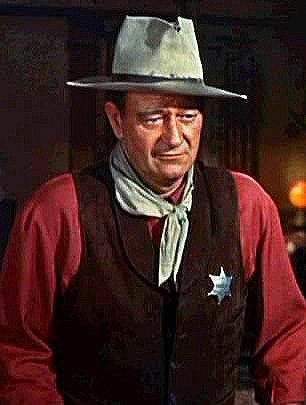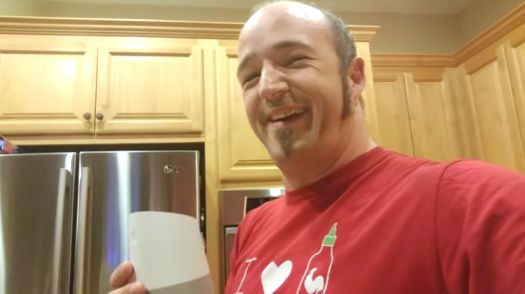The Electronic Frontier Foundation wants to protect you from warrantless searches by computer repair people and they’re looking for your help.

Roblimo’s Hideaway
Warrant? Hah! Did John Wayne ever get a warrant? Fourth Amendment, you say? We don’t need no stinking amendments around here. We’re Geek Squad and we’re on the side of THE LAW, so if we find anything illegal on your computer and hand it to the FBI, you have no right to complain, pilgrim, and we deserve a reward!













